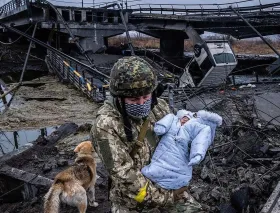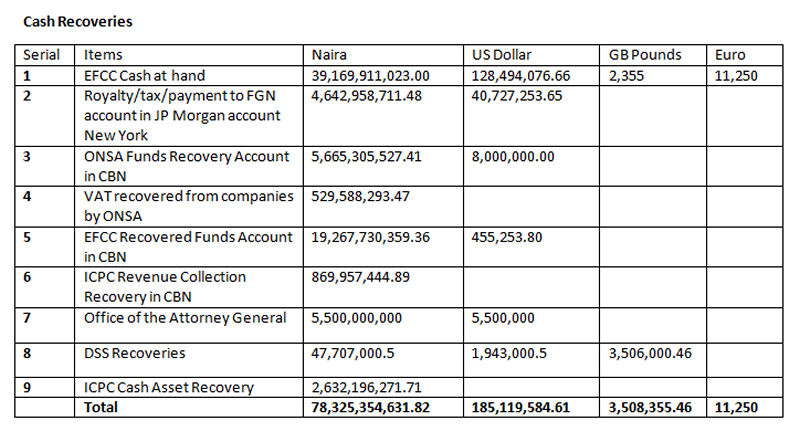United States and European officials have been discussing how the West would support a government in exile helmed by Ukrainian President Volodymyr Zelensky should he have to flee Kyiv, Western officials told CNN.
The discussions have ranged from supporting Zelensky and top Ukrainian officials in a potential move to Lviv in western Ukraine, to the possibility that Zelensky and his aides are forced to flee Ukraine altogether and establish a new government in Poland, the officials said.
The discussions are only preliminary and no decisions have been made, the sources said.
Western officials have also been wary of discussing a government in exile directly with Zelensky because he wants to stay in Kyiv and has so far rejected conversations that focus on anything other than boosting Ukraine in its fight against Russia, two Western diplomats said.
They added that there have been discussions about sending one or more members of Zelensky’s government to an external location where a government could be set up in case Kyiv falls and Zelensky is unwilling or unable to get out.
“The Ukrainians have plans in place that I’m not going to talk about or get into any detail about to make sure that there is continuity of government one way or another, and I’m going to leave it at that,” Secretary of State Antony Blinken told CBS on Sunday.
According to the CNN, US and European officials believed in the earlier days of the war that Zelensky moving to Lviv might be feasible because it was not clear whether Russia would target western Ukraine.
But now — given Russia’s dramatic escalation over the last several days against civilian targets across Ukraine — they are not as sure that Russia will spare any inch of Ukrainian territory.
“All the signs are that [Putin] is going to continue,” a senior Western intelligence official said Friday.
“And I think the scraping the bottom of the barrel in some of these other places is indicative that now they really have to go all in, literally, not just figuratively, to make sure that they can proceed” to take the whole country.
One idea that has been floated, but remains unlikely, is the possibility of NATO establishing a no-fly zone over a small portion of western Ukraine, the Western officials and US lawmakers familiar with the discussions said.
That in theory would provide a perch for Zelensky’s government and allow Ukraine to build and hone an insurgency against Russian forces — something the intelligence official said would not require that Kyiv remain standing.
“The signs are that [the Ukrainians] can sustain a fight, even a conventional one, without centralized command and control from the Capitol,” the official said.
But the sources acknowledged that NATO establishing a no-fly zone over western Ukraine is highly improbable for the same reasons why it has refused to impose a no-fly zone over the entire country — because it would likely mean direct engagement with the Russian military.
If there were an attempt to close some parts of Ukrainian airspace, it is more likely it would be coordinated by a “coalition of the willing,” rather than by NATO as a bloc, one of the sources said.
Similarly, the West’s willingness to fund and support a Ukrainian insurgency varies among NATO member states, the sources said, with some more reluctant than others given the risk of Russian retaliation.
US and European officials have told Zelensky they are prepared to help him evacuate Ukraine, CNN previously reported. But he has so far refused.







